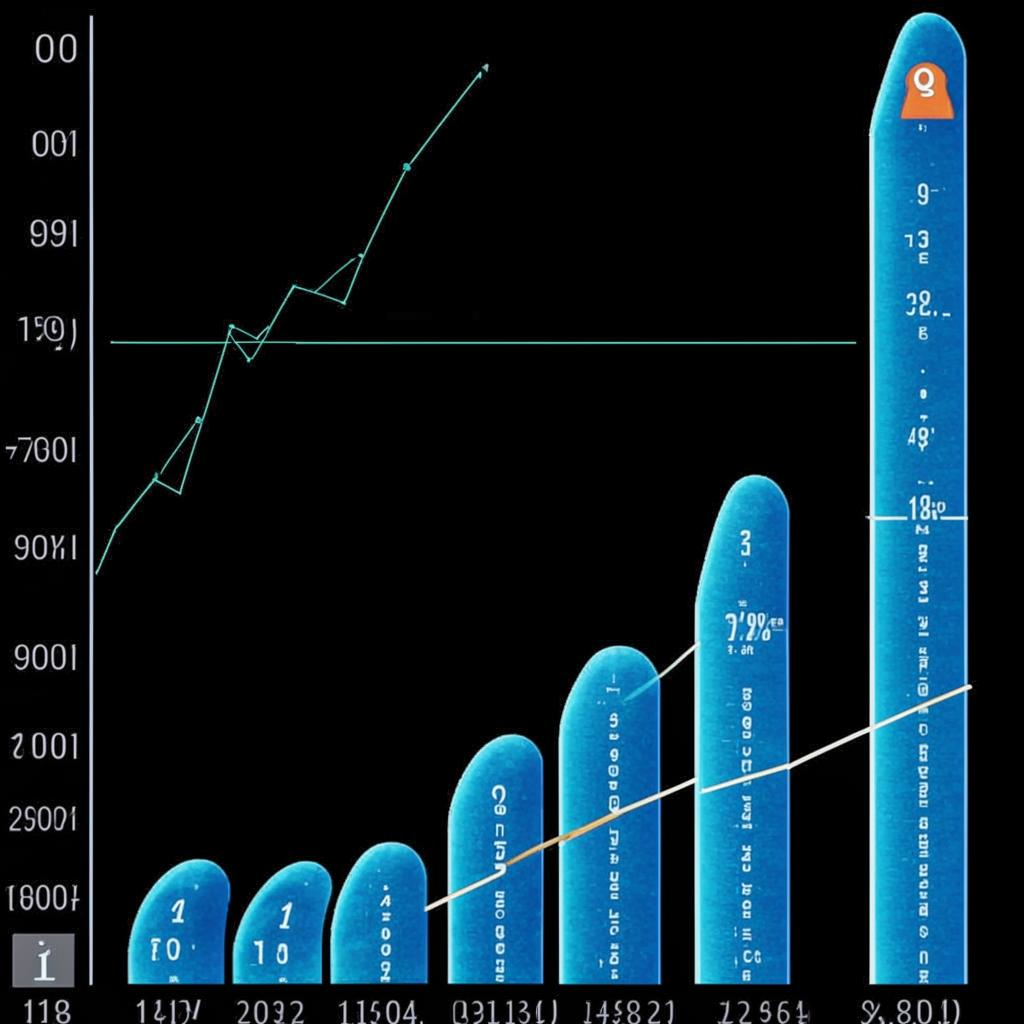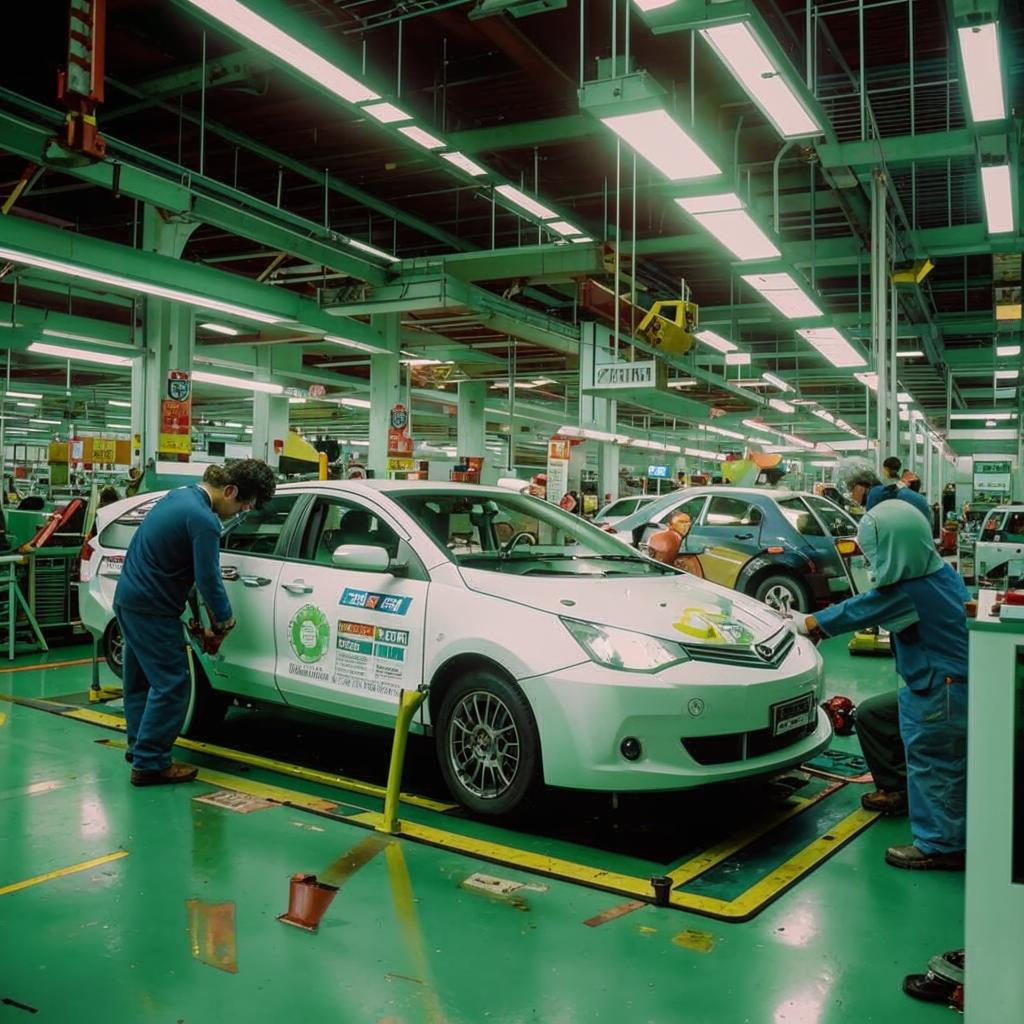Vertical farms, once a futuristic concept, are gaining traction as a potential solution to global food security challenges. These indoor agricultural facilities, often housed in skyscrapers or repurposed warehouses, offer a controlled environment for growing crops year-round, regardless of external weather conditions.
The appeal of vertical farms lies in their ability to maximize yields while minimizing resource consumption. By utilizing hydroponics or aeroponics, these farms significantly reduce water usage compared to traditional agriculture. Furthermore, the controlled environment allows for the elimination of pesticides and herbicides, resulting in healthier and more sustainable produce.
However, the widespread adoption of vertical farms faces several hurdles. The high initial investment costs associated with building and operating these facilities can be a significant barrier. Energy consumption is another concern, as vertical farms require artificial lighting to mimic sunlight. Finding sustainable energy sources and developing more energy-efficient lighting technologies are crucial for ensuring the long-term viability of vertical farming.
Despite these challenges, the potential benefits of vertical farms are undeniable. As the global population continues to grow and climate change threatens traditional agricultural practices, innovative solutions like vertical farming may play a vital role in ensuring food security for future generations. Ongoing research and development are focused on improving the efficiency and affordability of vertical farming systems, paving the way for a more sustainable and resilient food system. Vertical farming is still at an early stage but is showing some promising results.















